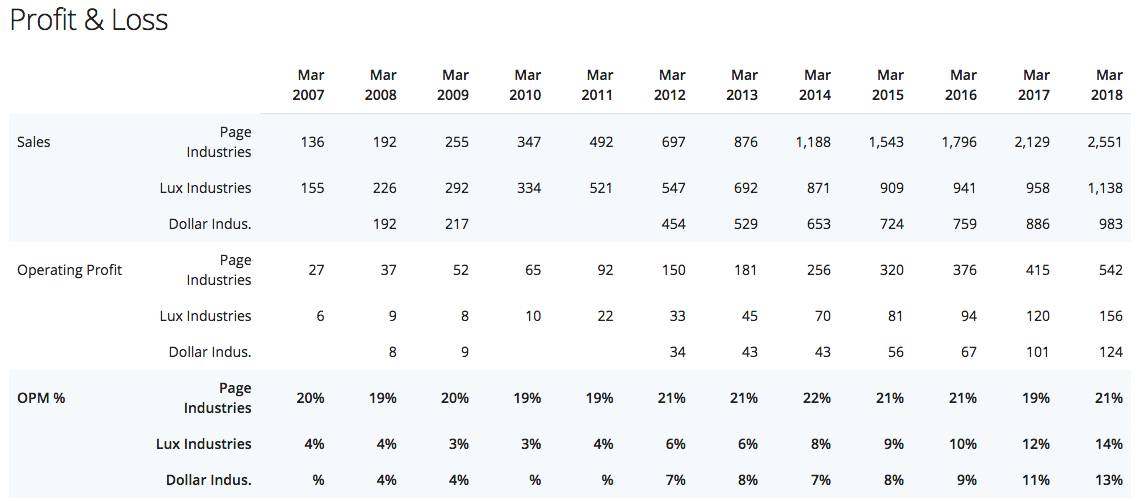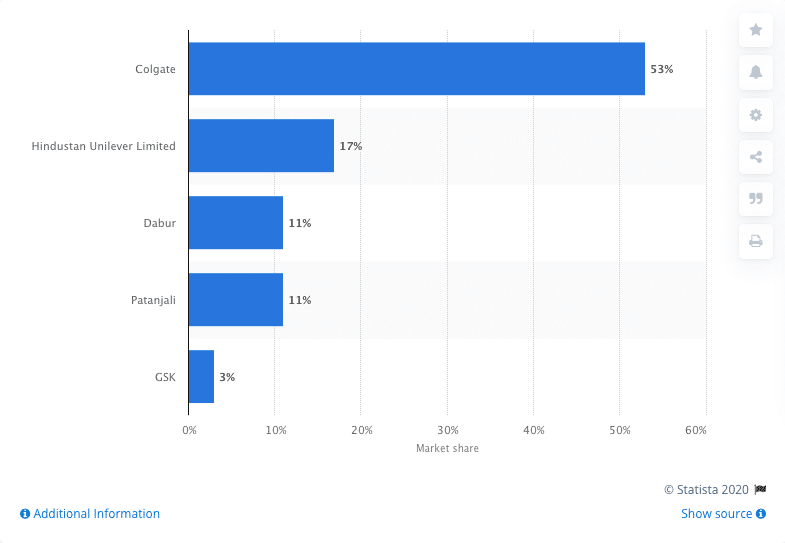Understand the term coined by Warren Buffett MOAT in its true sense and then invest in companies that have significant MOAT compare to its competition
If you are in equity markets and follow Warren Buffett, you are more likely to have heard the line. Invest in companies with a moat, and you should be okay with your investments in the long run.
Some consider excellent management as MOAT, whereas others consider growth and a better business environment as the MOAT for the business.
So what is “MOAT” in the first place?
What is MOAT?
MOAT is the term coined by Warren Buffett for Equity investment. It means an advantage the business has built over the years over its competitors. So a moat allows the company to keep growing for a very long period and continue to gain market share to increase profitability.
In the dictionary, a moat means a deep and broad dug that surrounds and protects a castle.
Similarly, Moat in business is the advantage one has over the competition. The reason being for any business, the biggest threat is competition.
So, for example, if a company is producing product A.
If the cost of production is ₹10 and if it can sell it for ₹50, it has a very high-profit margin. The reason the company can’t sell the product at ₹50 is that competitors sell them at ₹20.
So dominating the competition and keep improving the operating profit margins along with bottom line is a clear sign the company is developing a moat.
Types of Economic MOAT for Companies
There are many types of MOAT available. Let me share some of the critical kinds of MOATs a business can have.
Product
Product moat is when a company has a product with a significant market share. There is very little a competition can do about it.
As an example, Pidilite in India’s adhesive market has a market share of around 70%. The company has a MOAT for the product. There s very little competition can do to disrupt its position.
Similarly, Maruti Suzuki has a market share of 51% in the India car segment. It means every other car sold in the Indian market is from Maruti.
However, many players have been trying to disrupt the position of Maruti but aren’t able to do it right at this moment.
One of my main criteria to invest in a company based on fundamentals is its unique product line.
Cost
The cost of production is well optimized for the company to have a disruptive price for the competition.
The low cost of production is the single most reason the company has developed a MOAT for its own.
JSW Steel is one such example where the cost of steel production is well optimized as compared to Tata Steel and SAIL.
Similarly, Page Industries is so well optimized in the production of inner wears.
Size
The big size of the company can itself be a MOAT. At a specific size, a company can scale. Either the cost of production is low, can meet the higher growing demand. So on and so forth.
As an example, Reliance Industries or rather Reliance JIO. A new telecom player will find it tough to have a PAN Indian presence.
Similarly, Amazon India has a moat for itself because of the size and scale of the operations of the company.
Consider DMart or Avenue Supermarts, which can generate such a volume of sales that they can negotiate the lowest prices from its vendors, resulting in low-cost products in stores.
Size does matter.
Brand
Brand value among the customer is a MOAT for the company.
As an example, Colgate is an interchangeable name for toothpaste.
In your childhood, how did your mom reminded you if you have brushed your teeth – “Colgate Kar Liya?”
Even today, visit the local grocery stores and watch people when they want to buy toothpaste. Often they will tell “Colgate Dena” where they didn’t mean the Colgate brand, but they still mean “Toothpaste.”
Colgate did lose some market share to Patanjali, but as per Statista, even in 2018, it had 53% of the total market share.
Intangible
Patents and licenses allow companies to protect their production process and charge premium prices.
Pharma companies earn significant profits for patented drugs. However, companies also spend a lot on the research.
Similarly, a company having a license to do a specific type of business can be considered a MOAT as well.
A company with a license to serve electricity, gas to its customers in a geographic region is a MOAT. However, in India, because the charges are fixed. So it doesn’t allow companies to provide premium services.
Moreover, a banking license can be considered a MOAT in India.
Final Thoughts
Moats can be in any type of size or form.
Anything that gives a company an edge or advantage over others is a moat. They are the companies worth investing in.







Good one
Glad you like it.